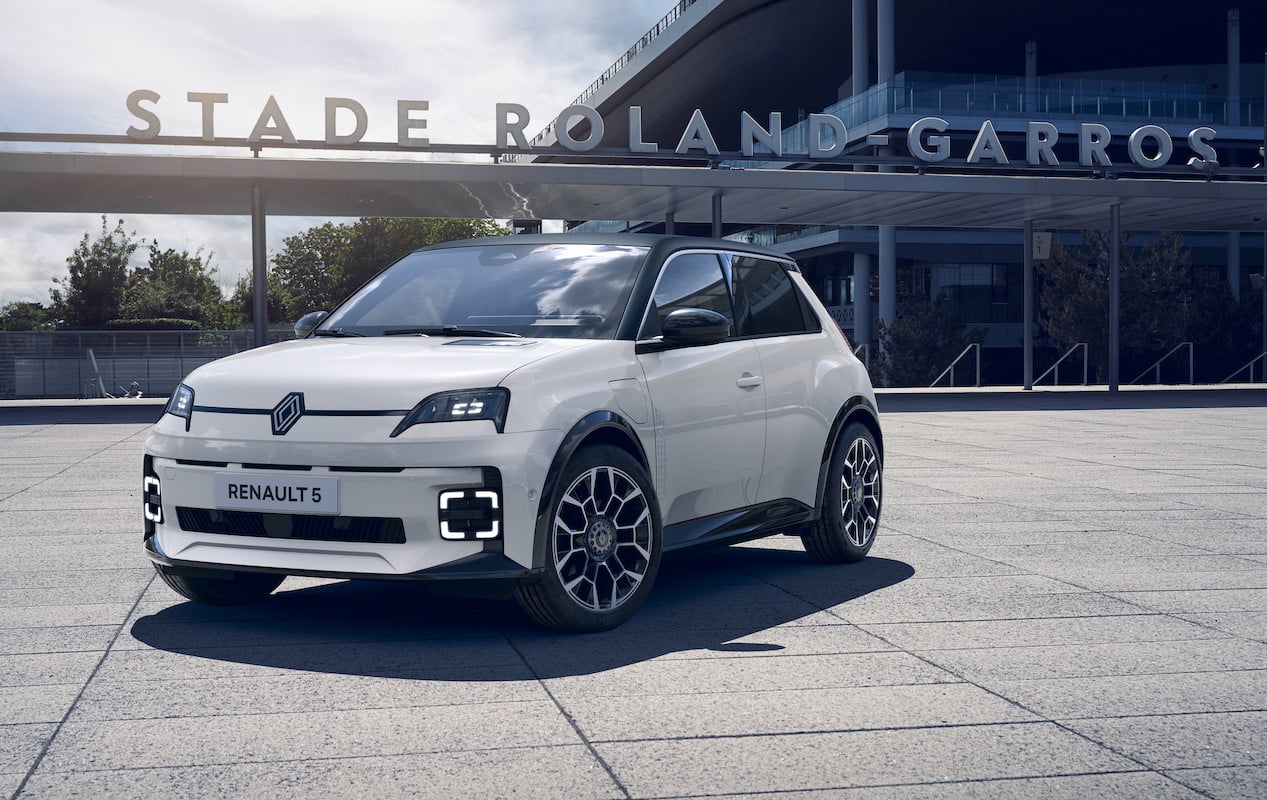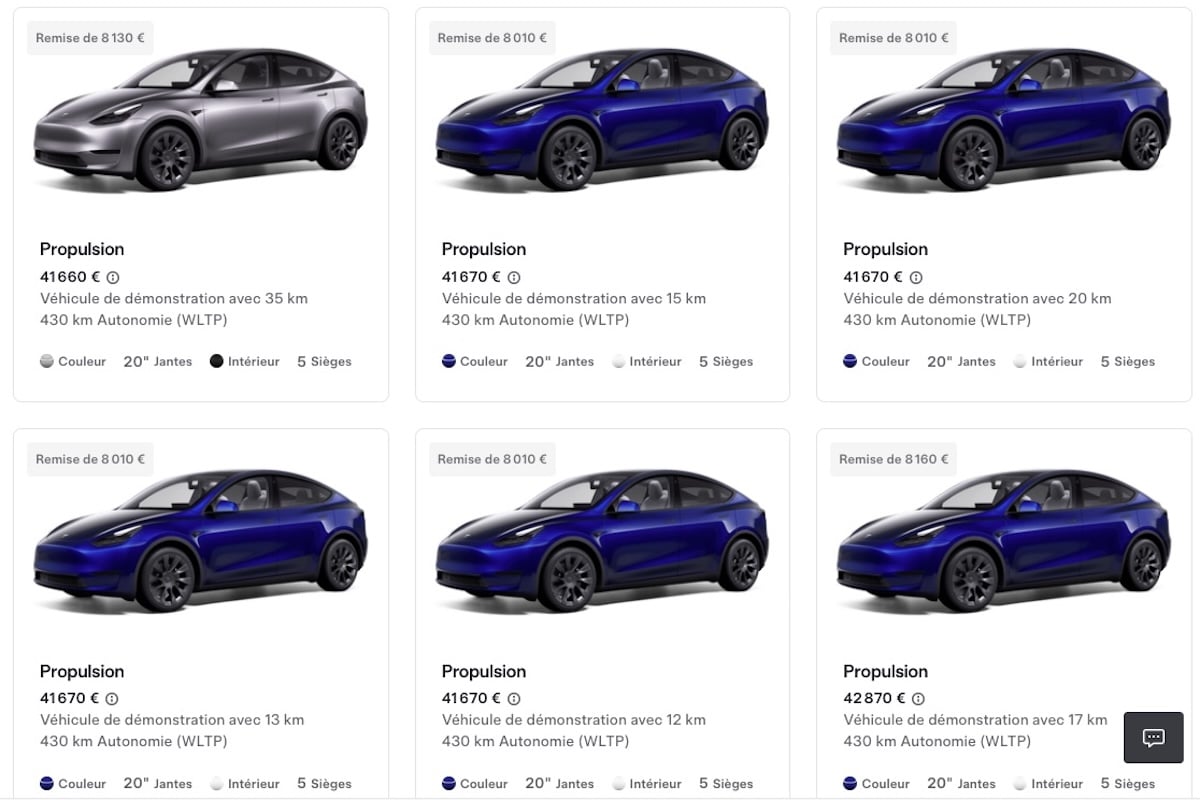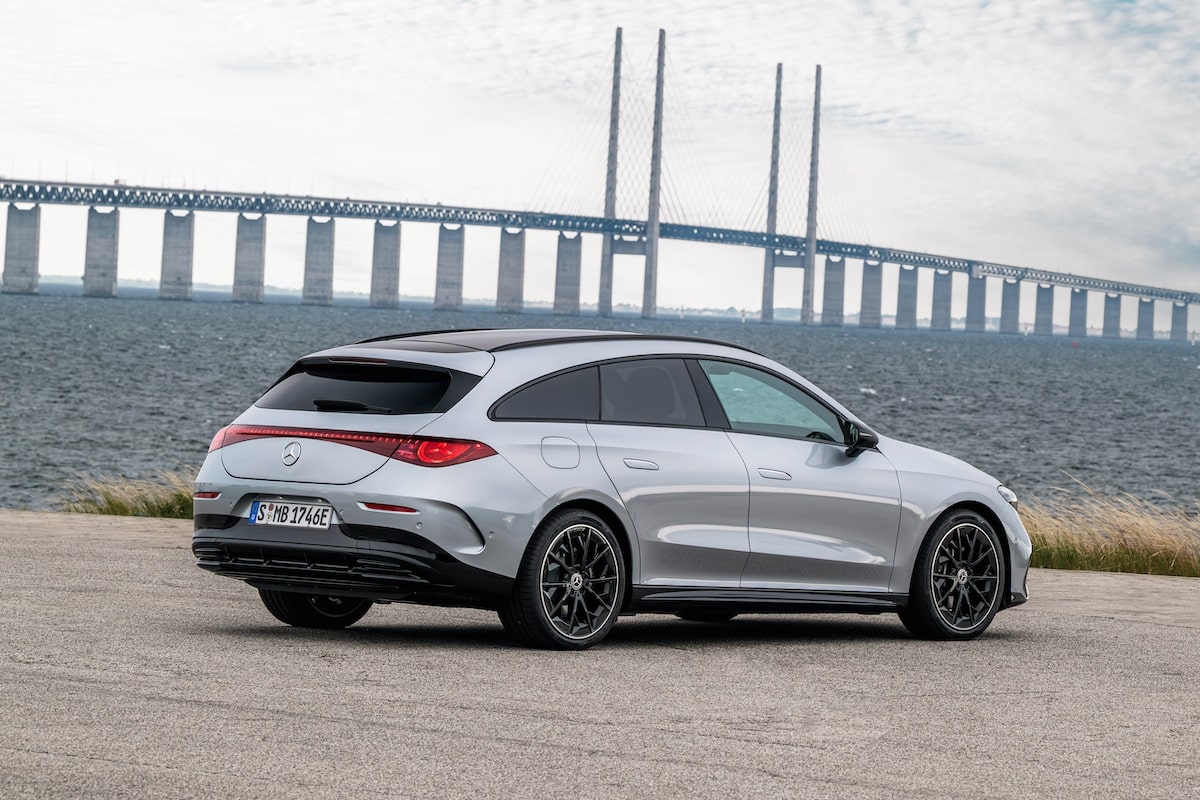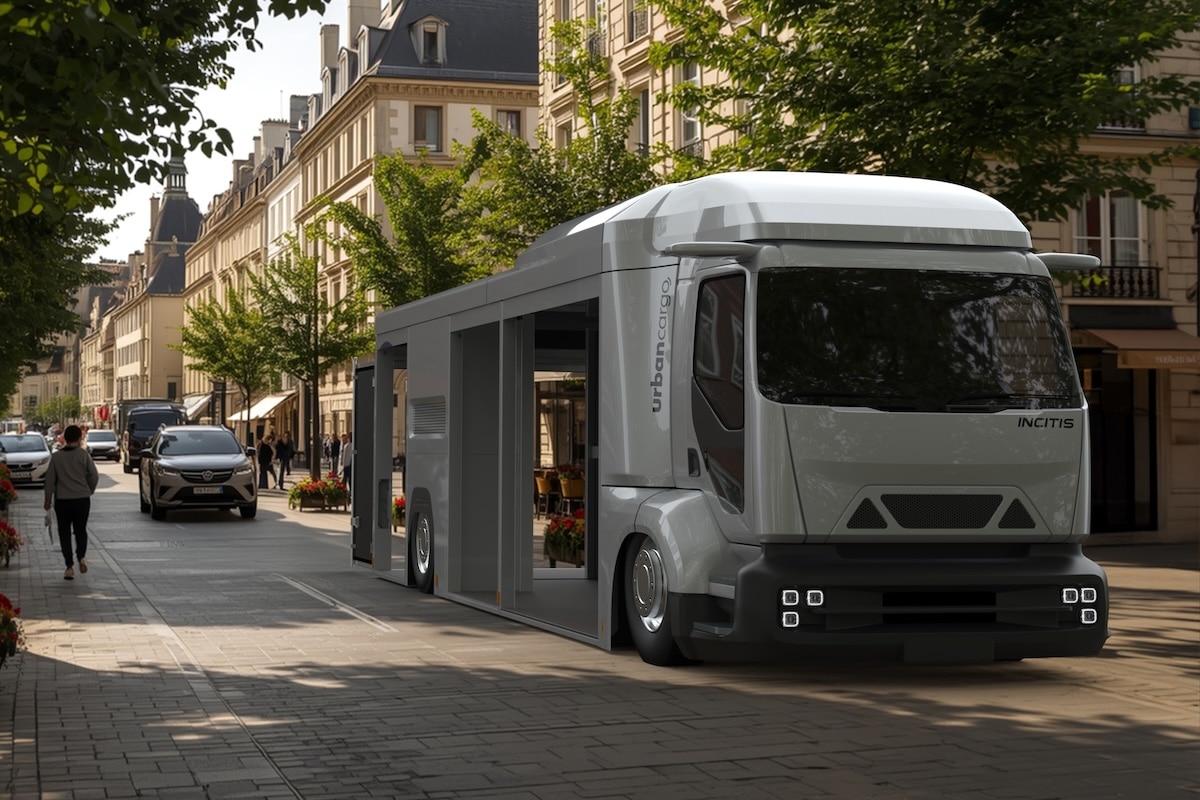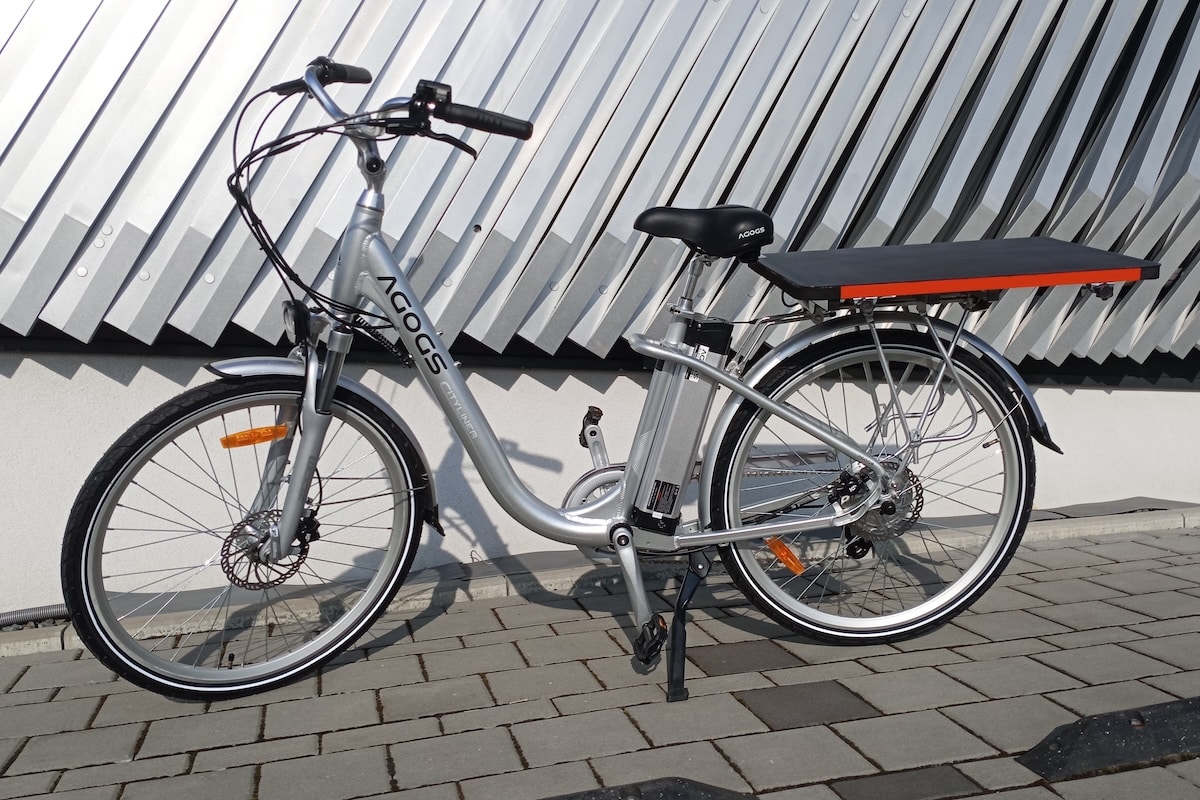The Dodge Charger loses its soul by trying to please too much
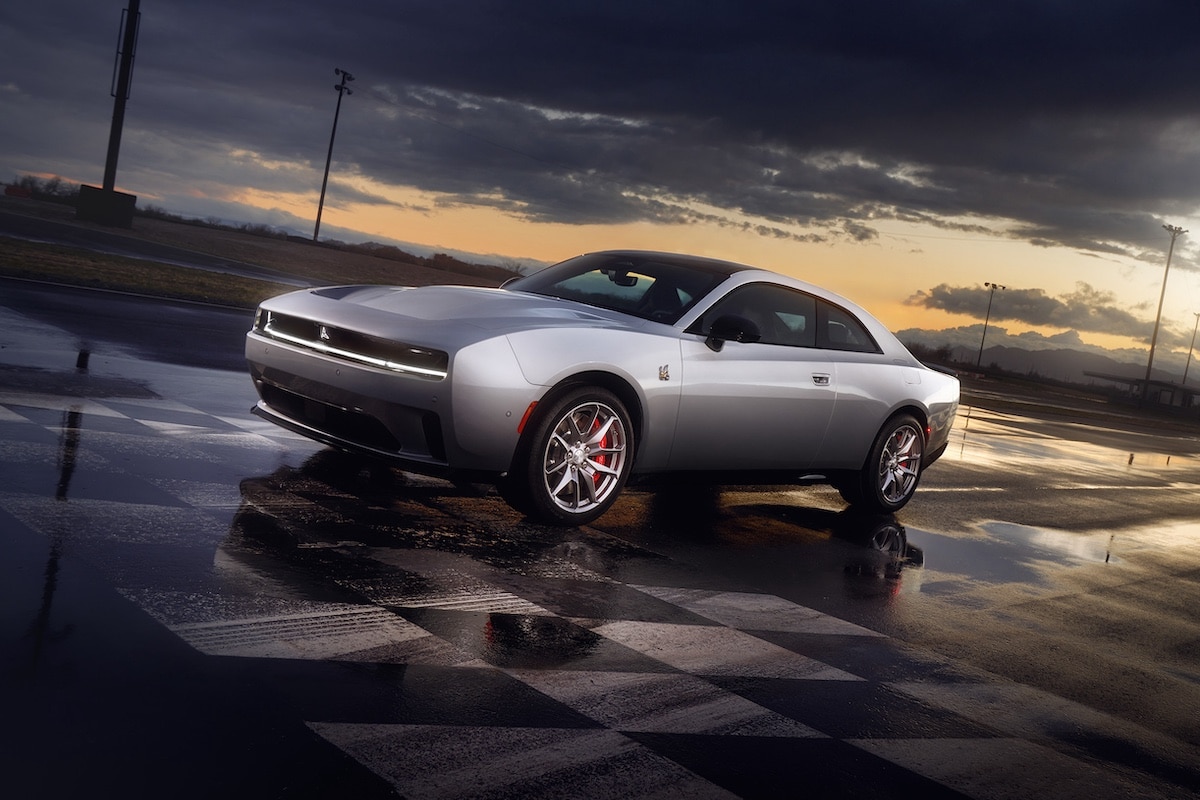
Stellantis has confirmed the arrival of the new Dodge Charger on the European market by the second half of 2025.
This announcement from Dodge, relayed by our colleagues at Carscoops, marks an important milestone for this iconic model, which will be offered in both electric and combustion versions equipped with a 6-cylinder inline engine. But in trying to appeal to all audiences, the Charger risks losing what made its soul.
Since its debut in 1966, the Dodge Charger embodies the very essence of American “muscle cars.” With its bold design and roaring V8 engines, it defined its era and dominated NASCAR circuits for three decades at the end of the 20th century. A symbol of raw power, the Charger has always known how to adapt, but never to deny its DNA. Yet, the new generation seems torn between loyalty to its roots and ecological transition.
The new Charger is based on Stellantis’ STLA Large platform, also used for the upcoming Alfa Romeo Stelvio and Giulia. In Europe, it will be offered in four versions: two- and four-door, electric and combustion. The electric version, named Charger Daytona, boasts a power of 680 hp and a range of 510 km, with performance worthy of modern muscle cars: 0 to 100 km/h in 3.3 seconds. On the combustion side, the Hurricane 3.0-liter engine offers two configurations, with 420 hp or 550 hp. But the legendary V8 Hemi, the true heart of the historic Charger, is permanently disappearing, sacrificed on the altar of CO₂ emissions. So, we have an electric that is more powerful than the combustion version and free of any kind of tax penalty, therefore necessarily cheaper… Isn’t there a problem with that?
By choosing to juggle between electric and combustion engines, Dodge Charger seems to want to please everyone, at the risk of appealing to no one. The absence of a V8 replaced by a 6-cylinder engine, though powerful, lacks the legendary character of its predecessor. As for the electric version, it struggles to embody the spirit of a muscle car, once synonymous with raw power and bold sound. This hybrid positioning reflects a desire to modernize, but it muddles the image of a model that has always been defined by clear and committed choices. In trying to reconcile tradition and innovation, the 2025 Charger totally misses its target. Wouldn’t it have been better to fully embrace electric in a cloud of burnt rubber and let the combustion engines have their fun?
This page is translated from the original post "La Dodge Charger perd son âme à vouloir trop plaire" in French.
We also suggestthese articles:
Also read
